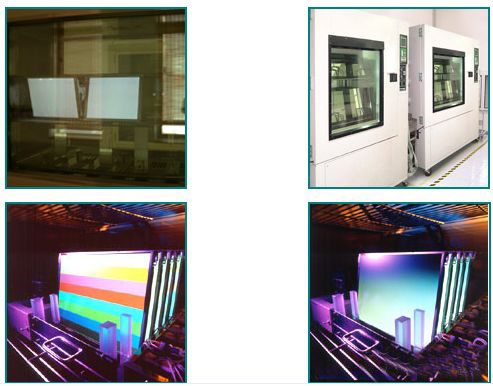The basic principle is to seal the liquid crystal in a glass box, and then apply electrodes to cause it to produce hot and cold changes, thereby affecting its light transmittance to achieve a bright and dim effect.
Currently, common liquid crystal display devices include Twisted Nematic (TN), Super Twisted Nematic (STN), DSTN (Double layer TN) and Thin Film Transistors (TFT). The basic manufacturing principles of the three types are all the same, becoming passive matrix liquid crystals, while TFT is more complex and is called active matrix liquid crystal because it retains memory.
Because LCD monitors have the advantages of small space, thin panel thickness, light weight, flat right-angle display, low power consumption, no electromagnetic wave radiation, no thermal radiation, etc., they have gradually replaced traditional CRT image tube monitors.
LCD monitors basically have four display modes: reflective, reflective-transmissive conversion, projection, and transmissive.
(1). Reflective type basically does not emit light in the LCD itself. It is injected into the LCD panel through the light source in the space where it is located, and then the light is reflected into the human eyes by its reflective plate;
(2). The reflection-transmission conversion type can be used as a reflection type when the light source in the space is sufficient, and when the light source in the space is insufficient, the built-in light source is used as lighting;
(3). The projection type uses a principle similar to that of movie playback and uses a projection optical system to project the image displayed on the LCD monitor onto a larger remote screen;
(4). The transmissive LCD completely uses the built-in light source as lighting.
Post time: Sep-26-2024


